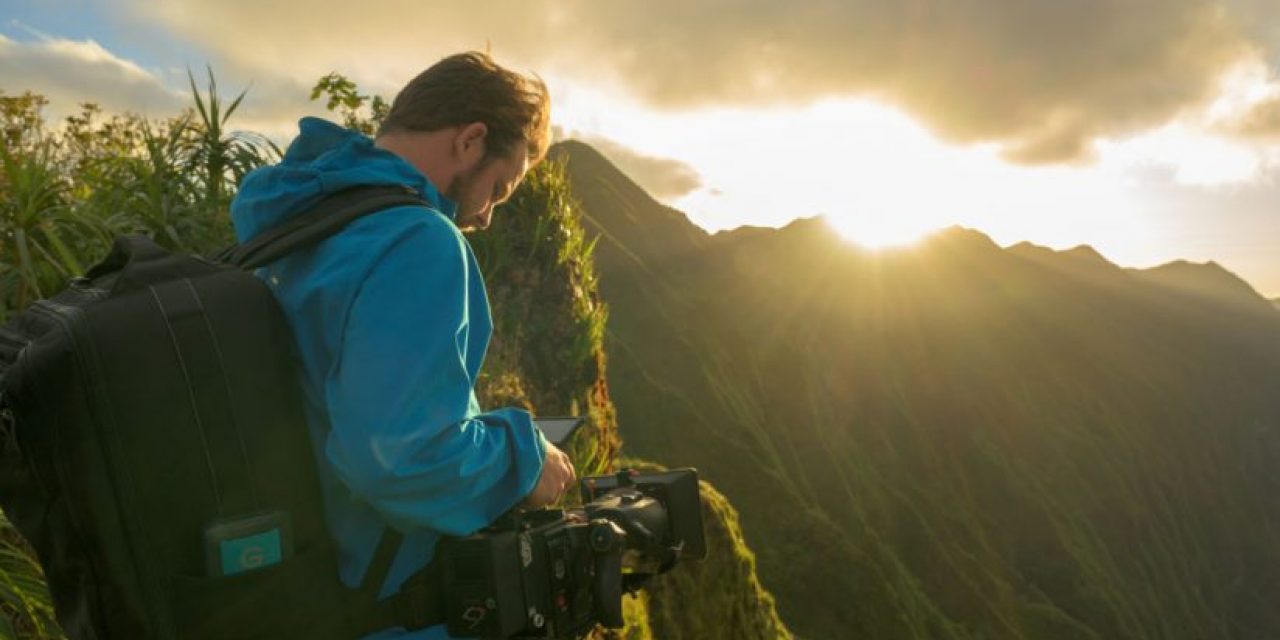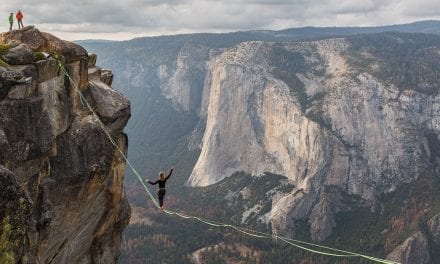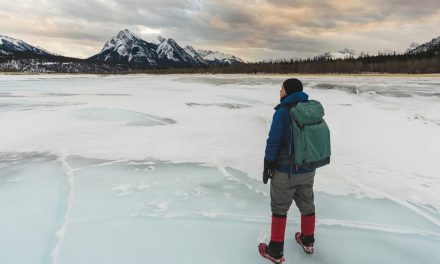As imaging technologies advance, you’re probably taking more images and video than ever before. The fast, continuous shooting capabilities of today’s digital cameras along with their ability to record incredible high-resolution video open up so many creative possibilities for visual storytelling.
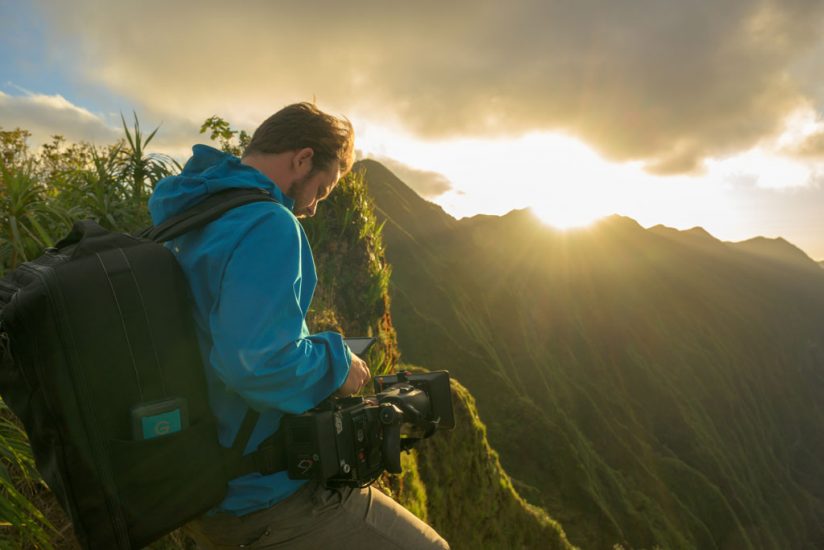
Whether you’re a working professional or an adventurous photographer who’s ready to travel to get “the shot,” backing up your files may not be the most exciting part of the journey, but it’s an especially important one. A smart strategy for protecting your irreplaceable photos and video should start in the field.
Award-winning surf filmmaker and G-Technology G-Team Member Aaron Lieber works in some of the most beautiful settings on the planet capturing renown athletes in action. His feature documentary “Bethany Hamilton: Unstoppable,” set for release in theaters this summer, tells the story of a world-champion surfer who lost an arm in a shark attack when she was just 13 years old yet returned to competition a year later. It’s an inspiring message of perseverance and overcoming unexpected challenges.
Working on location requires Lieber to be especially thoughtful about his equipment. He isn’t a casual observer—you’ll find him as close to the action as possible. “Being an outdoor cinematographer, I am faced with so many variables that I can’t control,” he explains. Unlike in a studio environment, elements such as sand, dust and water require extra precaution. “When I choose gear to help me be successful against the odds, I am always in search of equipment that can ‘go wherever I go.’”
Even the very best memory cards and storage devices can fail or be lost or damaged. The only sure way to safeguard what you shoot is to make frequent and multiple backups. With the right workflow, it doesn’t have to be overwhelming.
On a typical day, Lieber is shooting about 1TB of footage. Because of the documentary nature of his work, he can’t afford to lose any of that material. “I do double backups wherever I am,” he advises. To handle those backups, Lieber uses G Technology’s ArmorATD drives because they’re specifically designed with extra protection for working outdoors. “ArmorATD is a rugged drive that is reliable, lightweight and affordable. It checks all the boxes I’m looking for when I am exploring,” Lieber says.
drives because they’re specifically designed with extra protection for working outdoors. “ArmorATD is a rugged drive that is reliable, lightweight and affordable. It checks all the boxes I’m looking for when I am exploring,” Lieber says.
In addition to their compact size, which makes them easy to carry in his camera pack, these drives stand apart in the quality of their construction, with outdoor use in mind. The drives’ enclosures are IP54-rated rain- and dust-resistant with a protective rubber bumper. The drives also provide triple-layer shock protection and the ability to withstand crush pressure up to 1,000 pounds. It’s extra peace of mind.
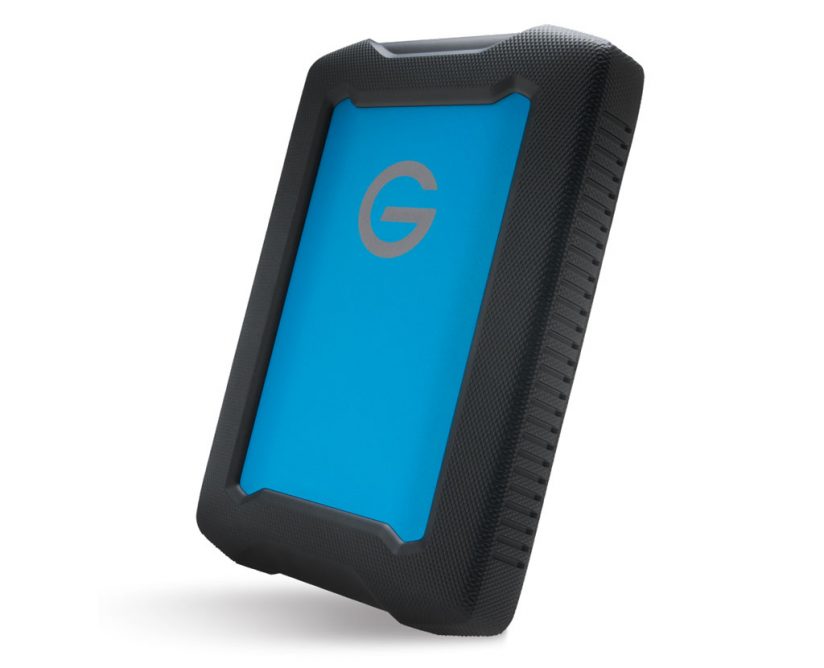
Lieber uses the ArmorATD drives primarily for backups in the field and also for saving his work for review on the flight home. Once back in his studio, he transfers his footage to a G-SPEED Shuttle drive, which is his primary storage system for production work. The ArmorATD drives integrate seamlessly into this workflow, with USB Type-C
Shuttle drive, which is his primary storage system for production work. The ArmorATD drives integrate seamlessly into this workflow, with USB Type-C connectivity, plus compatibility with Thunderbolt
connectivity, plus compatibility with Thunderbolt 3 and transfer rates up to 140MB/s (1TB and 2TB models).
3 and transfer rates up to 140MB/s (1TB and 2TB models).
When choosing a drive for your own backups on location, consider how much data you’ll be capturing before you return home and select drives with plenty of room. Overestimate your needs a bit to give yourself some cushion. To follow Lieber’s recommendation of doing double backups, you’ll want two drives.
Lieber chooses ArmorATD drives because they’re available in capacities of 1TB, 2TB or 4TB and are budget-friendly, something he has to keep in mind making a living with his work. “Anyone who wants a reliable, rugged drive at an affordable price should start with the ArmorATD,” he says. “It’s an amazing entry-level drive.”
To learn more about ArmorATD, visit g-technology.com.
The post Adventure-Ready Storage & Backup appeared first on Outdoor Photographer.

